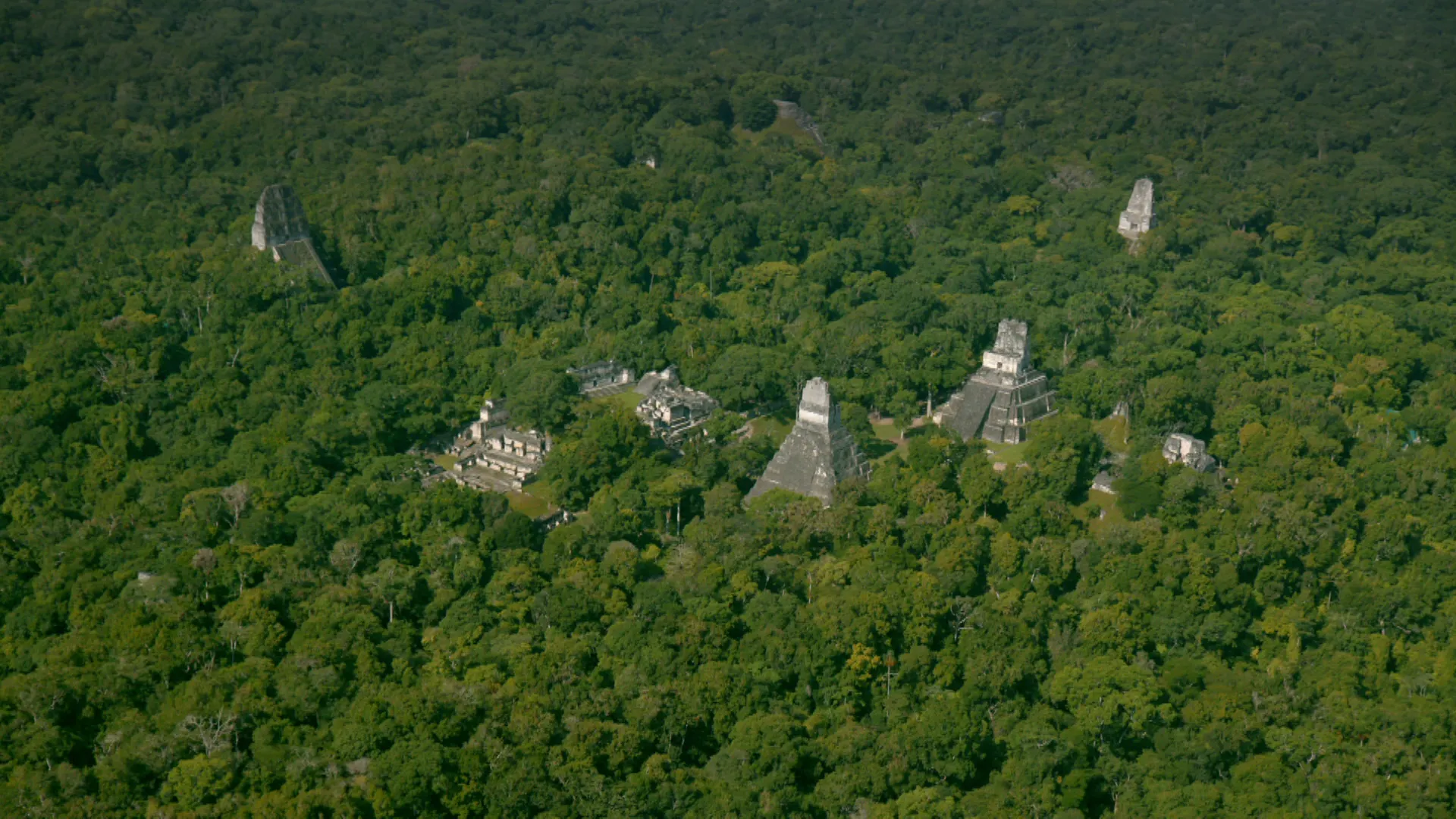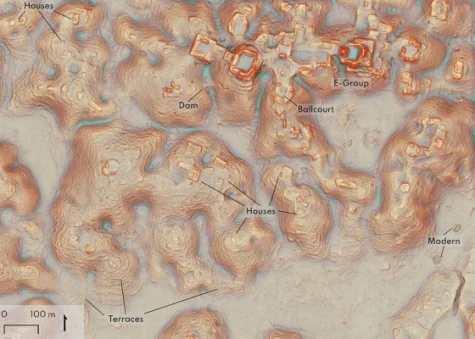
Sedona Sweginnis | Sports Editor
October 31, 2024
New laser technology is exposing just how little we truly know about our world around us, revealing ancient civilizations left entirely undiscovered until this week.
A highly-developed ancient Mayan city was discovered in the jungle of Campeche, Mexico by PhD student Luke Auld-Thomas this Monday, October 28. Auld-Thomas was scrolling through Google when he stumbled upon scans of the Yucatan jungle previously taken for a study of the area’s vegetation. Delving deep into the data, Auld-Thomas identified evidence of a complex Mayan city from hundreds of years ago that is now buried within the dense rain-forest of the Yucatan Peninsula.
The scans were originally obtained using advanced Lidar technology, in which thousands of laser pulses are sent from a drone, penetrating the jungle’s canopy and foliage, in order to gather data and render an accurate depiction of the jungle. As an Archaeology PhD candidate at Tulane University, Auld-Thomas understood how to utilize the data and scans for the purpose of his studies. He manipulated them to eliminate the trees and instead render a topographical map of the forest floor, revealing any interruptions in the natural ground levels that may be attributed to buried buildings and artifacts.
To his astonishment, Auld-Thomas’s renderings revealed clearly outlined buildings and temples, indicating the presence of an ancient Mayan city below the soil. Upon closer examination, Auld-Thomas identified over 6,000 separate buildings as making up this advanced city, which archaeologists have now designated Valeriana. The complex network of structures was found to include many temples, homes, and even ball courts. In addition to the many buildings, farming terraces were revealed by the radar maps, providing additional insight into the unique agricultural techniques of the ancient Mayans.

While proving to be a fascinating finding, this discovery means much more to the world of archaeology than a few buildings in the jungle. This city provides further evidence of the astounding advancements of the Mayan civilization. For instance, all of the incredible architectural accomplishments of the Mayans, including their famous and enormous temples, were constructed without any beasts of burden or steel tools to aid them. Just as the structural design of the buildings reveals the architectural sophistication of the Mayans, the sheer size of this newly discovered city infers that the Mayans maintained intricate and prosperous infrastructure in their cities.
Delighted by the revelation of the new-found city of Valeriana, San Clemente High School junior Catherine Golles expressed that this incredible finding “can reveal previously unknown pieces and artifacts,” providing insight into the daily routines and practices of the Mayans, which can “further contribute to our [overall] understand of the way the Mayans lived.” As voiced by Golles, locating Valeriana is only the beginning of a fountain of knowledge and discovery that can stem from the excavation of such an advanced and complex ancient city.
Furthermore, the finding of this intricate city opens the door for archaeologists to further utilize Lidar and similar scanning programs to efficiently locate monumental archaeological sites, eliminating the obstacle of challenging terrain. After learning about the discovery of Valeriana, sophomore Taylor Ball was “intrigued” by the new “possibilities for fascinating discoveries” that this particular usage of Lidar provides. Looking to the future, archaeologists will likely be able to use laser scanning technology to determine the exact locations of ancient buildings and artifacts, dramatically increasing the efficiency of archaeology.
Overall, Auld-Thomas’ accidental discovery is proving to be a profound milestone for both historians and archaeologists alike. Providing invaluable insight into the complexities of Mayan civilization itself as well as valuable development in archaeological techniques, Valeriana is proving to be an invaluable discovery. With the location of new details regarding Mayan civilization waiting just beneath the earth, there is no telling what more significant discoveries will stem from Lidar technology in the future.

Leave a Reply